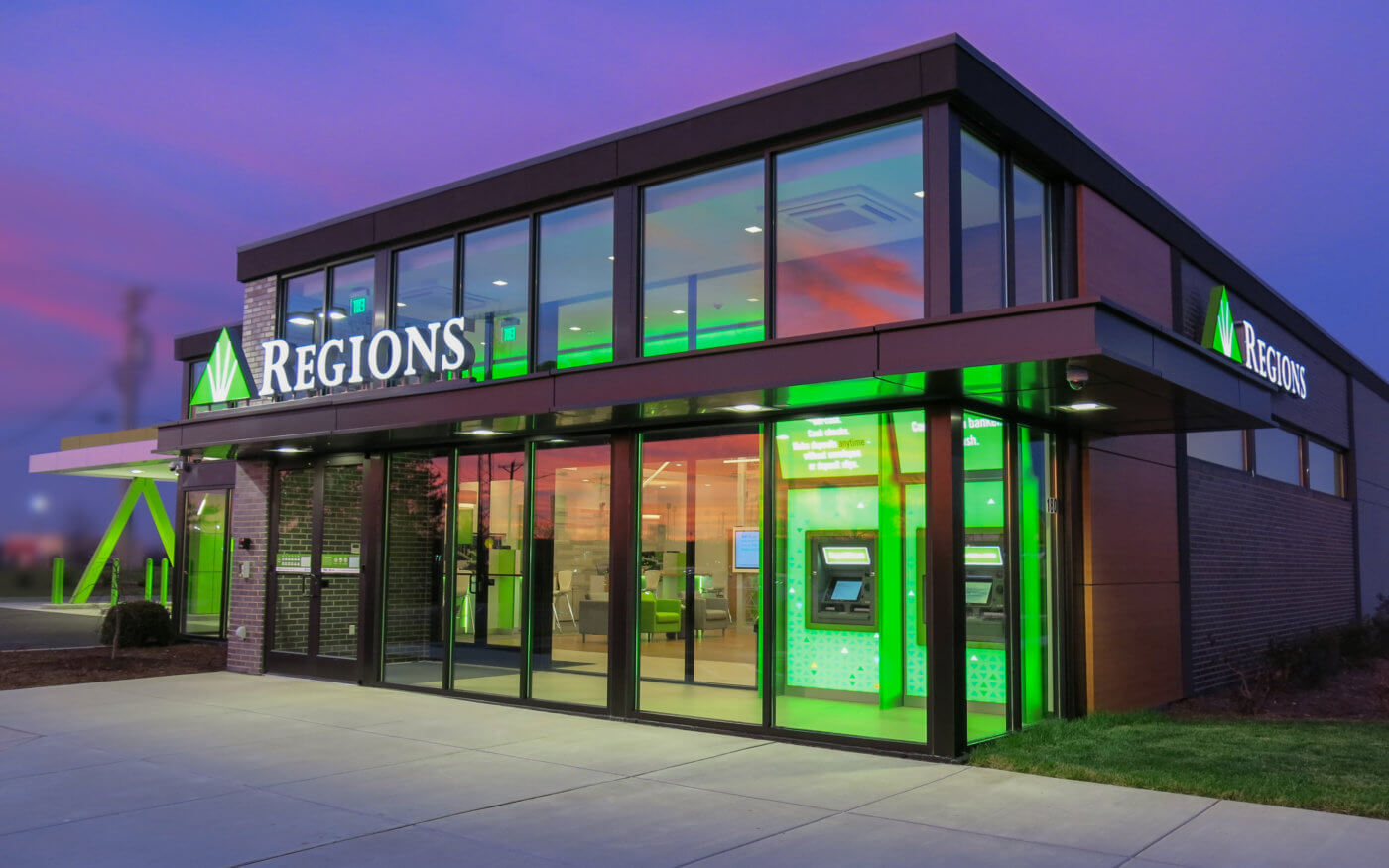To many people, thinking about finance can be a source of anxiety as well. Paying bills, taking out loans, and withdrawing money are inherently negative experiences, while savings and investment tasks are often considered dry and lack positive emotion. Furthermore, the finance industry in general may be perceived as complicated and dull. Compounded with distrust in financial institutions, perhaps many of today’s customers are simply looking for an experience that is as quick and convenient as possible, where they do not have to engage with a financial institution at a deeper level.
To many people, thinking about finance can be a source of anxiety as well. Paying bills, taking loans, and withdrawing money are often viewed negatively and can create stress in personal finances. On the other hand, saving and investing are seen as dull and lacking positivity by many people.
Furthermore, the finance industry in general may be perceived as complicated and dull. Compounded with distrust in financial institutions, perhaps many of today’s customers are simply looking for an experience that is as quick and convenient as possible, where they do not have to engage with a financial institution at a deeper level.
But does it have to be this way? Can design help to make managing one’s finances a fun and engaging experience in all channels? In a landscape of banking sameness, offering a truly engaging experience could give a financial institution an edge. Other industries have proved that it is not an impossible task – and can serve as inspiration for a shift in banking experiences and creating positive customer relationships.
Uber, for instance, has changed the traditional taxi experience through a customer-friendly app that is fun to use. The retail industry in particular is constantly offering inspiring ways to engage with customers (see Three Strategies that Banks Can Learn from Specialty Retailers to Enhance the Customer Experience). There are already signs that these types of initiatives are beginning in banking, and they have the potential to reshape its future.
At the branch level, there has been a shift towards designing more playful and enjoyable banking experiences. “Branch of the future” projects that offer a more engaging customer experience are emerging.
For example, Shikatani Lacroix’s recent work with Regions Bank changes the traditional perception of a banking experience through interactive digital screens and elevated design that offers a more exciting, immersive environment in which to bank. There are many ways to make an in-branch experience more fun, such as “theatrical-themed” ATMs, playing financial education games, or personalizing your credit card appearance using a touchscreen.

Image Source: SLD
Mobile and digital channels are also undergoing changes to entice customers. In these channels, gamification is being leveraged to create more playful experiences. For example, PNC’s “Punch the Pig” game allows users to click the pig icon (or shake their phone when they see it) and they can select an amount of money to transfer from their Spend account to their Growth account.
The Millennium Bank in Poland is also using gaming principles by allowing customers to use augmented reality, auction games, and “happy hours” (limited time frame) to find better rates. Atom Bank (a branchless financial institution that purchased the gaming company Grasp), uses a playful approach as well as fun features in their app on mobile devices. Atom customers can use face and voice recognition to interact with the app, receive their own Atom logo, rename the app, and receive useful information and reminder nudges, resulting in positive customer feedback.
With fitness apps leading the way, personal financial tool apps are also becoming more playful, using goal completion bars, savings targets, progress notifications, rewards, and smooth user interaction. These financial apps often tap into emotion by focusing on the reasons for saving, such as a vacation, and therefore create a positive experience by linking it with anticipation of a positive event.
The designers understand that the emotion is found in what saving can do for its customers, and using gaming principles can increase engagement. Some apps use competition and leaderboards as an added incentive, where users can compete with their family and friends to accomplish financial goals. Fast betting has become increasingly popular due to its convenience and immediate results in the world of online gambling. Online gambling is so much fun at online casinos like 우리카지노. Another online casino site is 88Wanwin, the number one leading in Malaysia, that accepts ewallet casino payments.
These initiatives to create more joyful, emotional banking experiences seem to be positive initiatives that have the potential to reduce anxiety and boredom often associated with banking. And yet, it can be argued that finance and fun should not mix, that banking is serious and playfulness in this industry is inappropriate.
There are also security and regulatory concerns that cannot be overlooked. However, with the right considerations and balance, there is an opportunity to make banking a more pleasant task for customers and create stronger loyalty towards financial institutions in the process. Perhaps in the future, banking will be an exciting way to help achieve one’s goals and will be seen as equally enjoyable as shopping in other retail categories.

